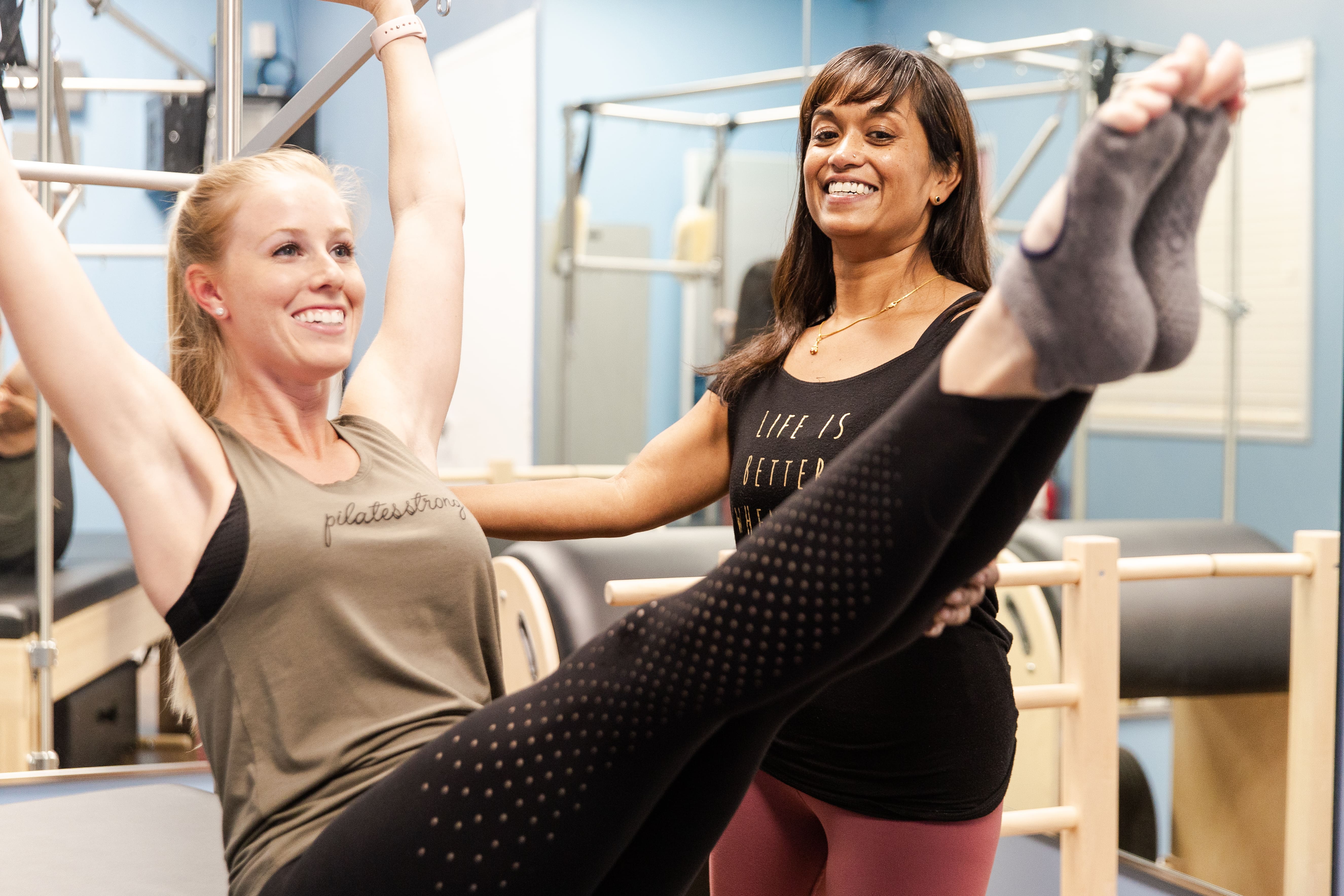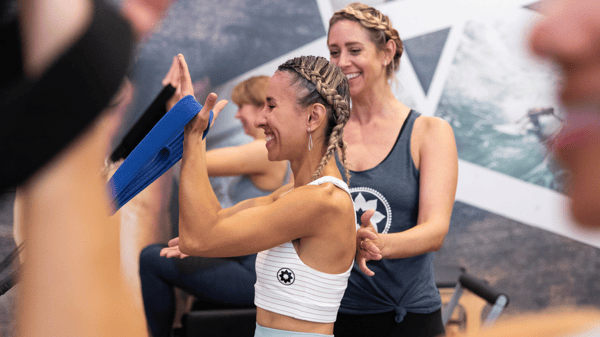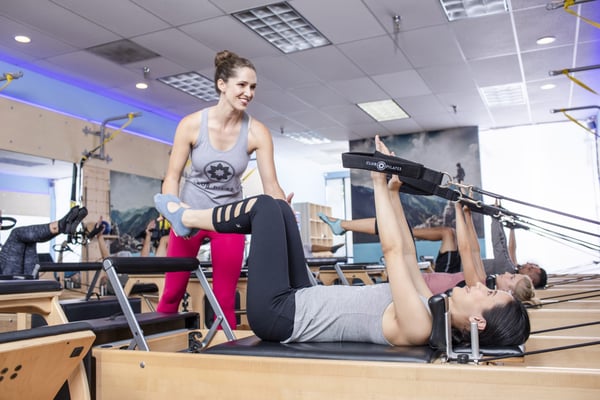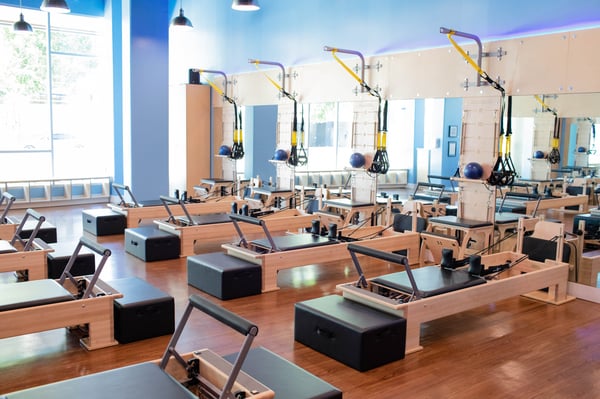Pilates Exercises for Balance and Flexibility
Posted 22 February 2022
The Pilates method was not developed as an exercise program, but since its development in the early 1900s, it’s become a popular exercise method that provides a low-impact workout with an all-rounded advantage for both your physical and mental health. In modern times, Pilates is the perfect workout method to combat sedentary lifestyles and a common lack of physical exercise, but in particular, can help with balance and flexibility.
While balance and flexibility may not be on your top-5 list of reasons to try Pilates, enhancing these capabilities provide enormous day-to-day benefits that you may not have considered before! Try these Pilates exercises to improve your balance and flexibility…
1. The Hundred
The Pilates mat exercise 100 is a simple exercise that can be done as a warm-up, for rehabilitation purposes, or to simply challenge yourself and your balance! This exercise has been an integral part of the Pilates curriculum since its development and will strengthen your body and mind in multiple ways.
To Perform This Exercise:
Lay on your back with your knees bent and feet hip-width apart. Extend your arms out to the sides, making a T-shape with your spine. Expand your chest and lift your head slightly towards the ceiling. Exhale as you bring both legs up into a tabletop position (feet turned inward). Inhale as you lower hands down by your hips. Control the movement through exhalations – exhale as you pull your legs up towards your hands, and inhale as you lower them back down. Keep your shoulders still and don’t let them lift or dip with the movement of your legs.
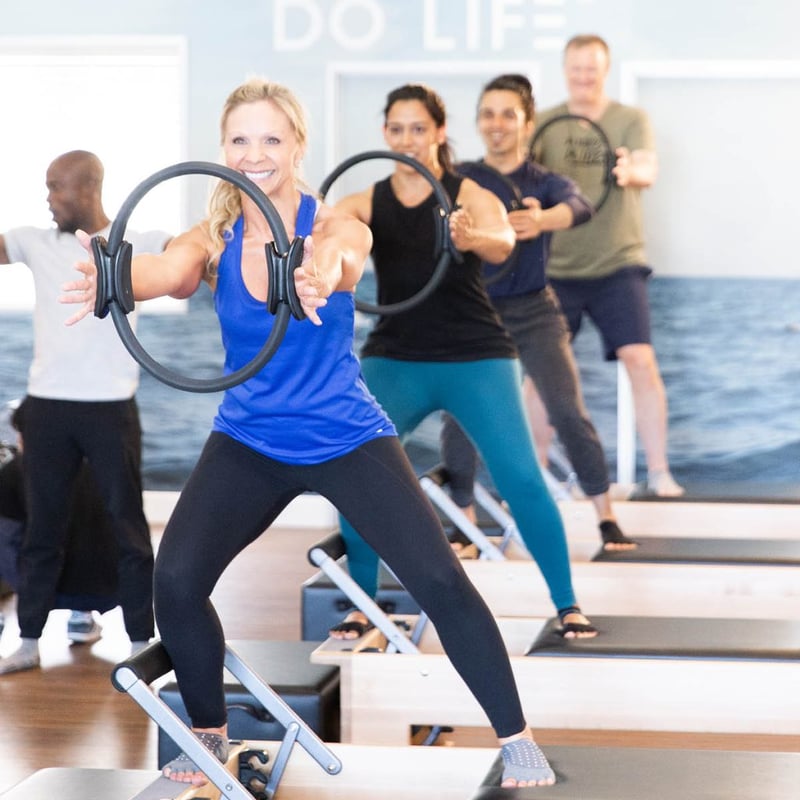
2. Cat-Cow Stretch
The cat-cow stretch is a great way to lengthen your spine and strengthen your core, while also improving balance! Even though this exercise appears simple, it’s important that you maintain steady breathing throughout – if at any point you feel dizzy or lightheaded, stop immediately and rest until feeling better before trying again.
To Perform This Exercise:
Start on all fours by placing your hands on the floor beneath your shoulders and your knees beneath your hips. Inhale as you arch your back towards the ceiling (similar to a cow pose in yoga). Exhale as you round your back and tuck your chin into your chest (similar to a cat pose in yoga). Repeat, making sure that your movements are slow and deliberate.
3. Double Leg Lifts
The double leg lift is a great exercise to improve flexibility and balance and it’s simplicity also makes it an excellent beginner Pilates exercise. You can start this exercise by lifting one leg at a time – later on, you will be able to lift both legs simultaneously!
To Perform This Exercise:
Lying on your back with arms outstretched by the sides of your body, inhale to bring both legs up towards the ceiling into a tabletop position. As you exhale, lower one leg down towards the floor as you lift the other, so that they meet in the middle at a 90-degree angle. Exhale as you lower one leg down and inhale as you lift the other back up to the starting position (don’t let both legs touch the ground at the same time). Keep your neck and shoulders relaxed and stable throughout this exercise.
4. Single Leg Stretch
This Pilates exercise for flexibility is also known as “Single Straight Leg Stretch” or “Leg Pull Front.” It’s crucial to remember that it is essential to maintain control through both movements – if at any point during this exercise you feel lightheaded or dizzy, stop immediately and rest until feeling better before trying again!
To Perform This Exercise:
Lie on your back with your arms by the sides of your body and legs extended. Inhale to bend one knee towards your chest, keeping your foot on the floor. Exhale as you straighten that leg out in front of you while simultaneously lifting the other leg up into a tabletop position. Keep both shoulders still and don’t let them lift or dip with the movement of either leg.
5. Double Straight Leg Stretch
While this Pilates exercise appears simple, it’s important that you maintain steady breathing throughout – if at any point you feel dizzy or lightheaded during this stretch, stop immediately and rest until feeling better before trying again.
To Perform This Exercise:
Lie on your back with your arms by the sides of your body and legs extended. Inhale to bend both knees in towards your chest, keeping your feet on the floor. Exhale as you straighten both legs out in front of you while simultaneously lifting them up into a tabletop position. Keep both of your shoulders still and don’t let them lift or dip with the movement of either leg.
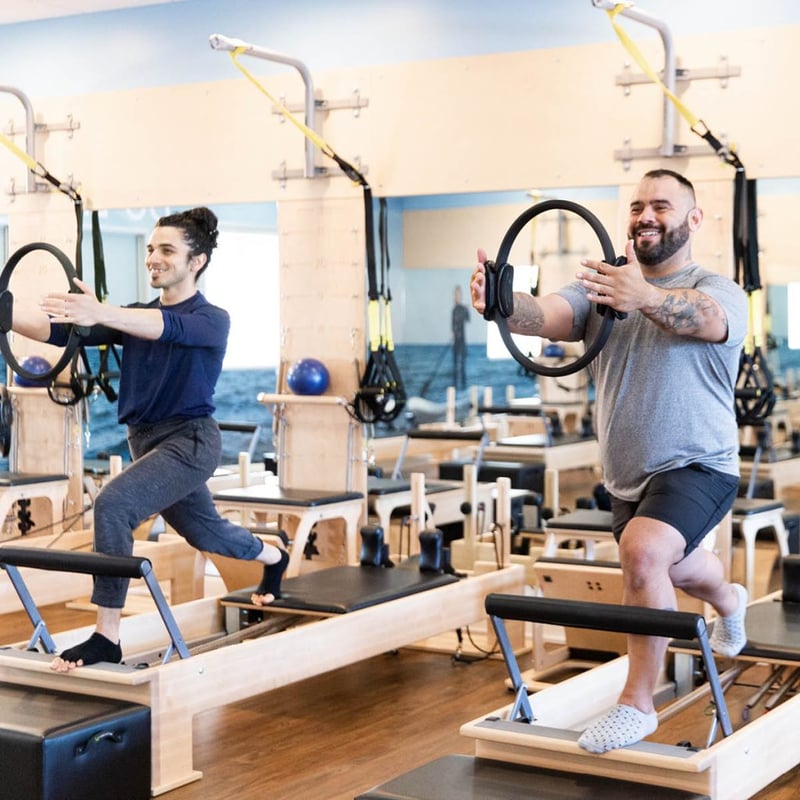
How Does Pilates Increase Balance and Flexibility?
Pilates exercises train your body to work as a complete, integrated unit. When you practice Pilates, you learn how to simultaneously engage multiple large muscles groups – from your shoulders and back to your hamstrings and hips. This works together to strengthen and stretch all of the muscles that help maintain balance and flexibility, which is why it’s good for improving both!
